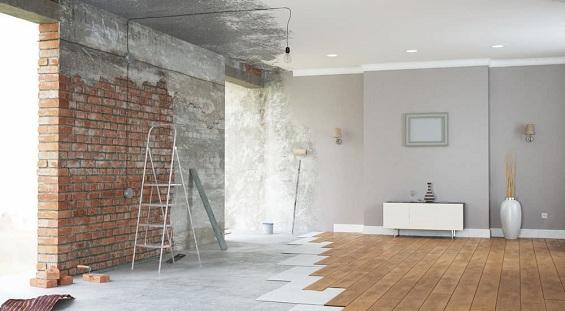When it comes to revitalizing and enhancing the appearance of a building or space, two terms that often come to mind are “renovation” and “refurbishment.” While these terms are frequently used interchangeably, they actually refer to distinct processes that involve varying levels of transformation. In this article, we’ll delve into the nuances that set renovation and refurbishment apart, helping you gain a better understanding of when each approach is applicable.

Exploring the Difference Between Renovation and Refurbishment
Renovation: Breathing New Life Into the Old
Renovation is a comprehensive process that involves significant changes to a structure’s design, functionality, and even layout. The main goal of renovation is to modernize, upgrade, or completely transform a space to align with current trends, technology, and user needs. This often includes structural modifications, changes in room layout, and the introduction of modern amenities.
For instance, in the context of a residential property, a renovation might entail knocking down walls to create an open-concept living area, installing new plumbing and electrical systems, updating the kitchen with state-of-the-art appliances, and revamping the bathrooms with contemporary fixtures. Renovation projects tend to be more extensive and may even require obtaining permits, as they involve alterations that go beyond mere cosmetic changes.
Refurbishment: Restoring the Sparkle
Refurbishment, on the other hand, is a process focused on restoring a space to its former glory or improving its aesthetic appeal without altering its fundamental structure. This approach is often chosen when the existing layout and structure are considered adequate, but the space requires cosmetic enhancements, repairs, or replacements to refresh its appearance and functionality.
In the context of a commercial property, a refurbishment might involve re-carpeting the office floors, repainting the walls, upgrading the lighting fixtures, and replacing worn-out furniture. Unlike renovation, refurbishment projects are generally less invasive and may not require the same level of regulatory approvals, making them a quicker and more cost-effective option for revitalizing spaces.
Choosing the Right Approach
The choice between renovation and refurbishment depends on various factors, including the scope of changes desired, the available budget, and the timeline for completion. If a property requires a complete overhaul, from altering its layout to incorporating modern amenities, renovation is the way to go. On the other hand, if the goal is to enhance the appearance and functionality of a space without making substantial structural changes, refurbishment is the more suitable choice.
It’s important to note that both renovation and refurbishment have their merits, and the decision should be made after careful consideration of the goals and resources available for the project.
In the world of construction and design, the terms “renovation” and “refurbishment” are often used interchangeably, but they signify distinct approaches to transforming spaces. While renovation involves comprehensive changes that can reshape a property’s structure and layout, refurbishment focuses on cosmetic enhancements and repairs to refresh the space’s appearance and functionality. Understanding the differences between these two approaches will empower property owners and project managers to make informed decisions that align with their objectives and resources.





